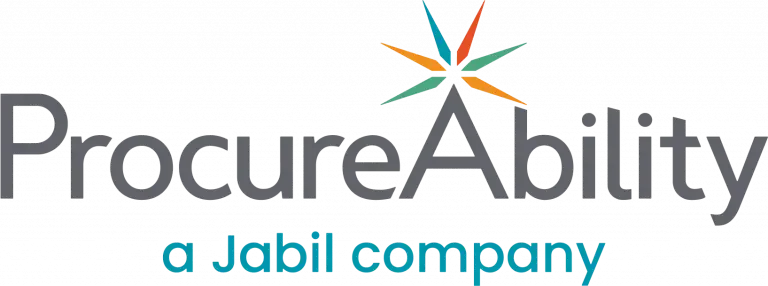
As procurement continues to take on a more strategic role within organizations, measuring performance is essential. High-performing procurement teams engaged in procurement transformation and supplier relationship management (SRM) rely on clearly defined performance metrics .These metrics should not feel overwhelming; they should be context-driven, easy to measure, and designed to motivate teams.
Below are five procurement performance metrics that can help elevate your team’s effectiveness and deliver greater business impact:
1. Maverick Spend
Maverick spend refers to purchases made outside of established procurement channels or agreed contracts. While the classic definition centers on contract non-compliance, companies can tailor this metric to address other spending behaviors. companies can tailor this metric to address other spending behaviors. For example, if your organization relies heavily on P-Cards, you may track any purchases made without appropriate oversight or process controls. Tracking this KPI increases spend under management and supports spend management optimization. Monitoring maverick spend helps bring discipline to buying patterns and increases spend under management.
2. Contract Compliance
Developing strong supplier contracts is only the beginning; tracking compliance is equally critical. Contract compliance measures how closely suppliers adhere to agreed terms. Start by identifying 3–5 contract elements most important to your business (such as pricing, delivery timelines, or service levels). Then, use your Source-to-Pay (S2P) system or manual audits to assess how often these terms are being met. Poor compliance may point to issues with supplier performance or signal a need to update contract language in line with market changes.
3. Customer Satisfaction
Procurement success isn’t just measured by cost savings. Internal stakeholder satisfaction is a strong indicator of how well the function is supporting the business. Consider implementing a brief survey (either semi-annually or annually) to capture feedback on responsiveness, product availability, communication, and supplier quality. This input can guide priorities for the next quarter and help uncover service gaps that might otherwise go unnoticed.
4. Supply Chain Productivity
This metric captures procurement’s operational efficiency. Common KPIs include purchase order (PO) cycle times, PO accuracy, and transaction volumes managed per buyer. Benchmark these metrics against industry standards or internal historical performance to evaluate team productivity. When used alongside customer satisfaction metrics, supply chain productivity helps pinpoint high-value improvements in workflow and technology.
5. Procurement Savings (EBITDA Impact)
Procurement-led savings are often measured through their impact on EBITDA: earnings before interest, taxes, depreciation, and amortization. This approach offers a clear view of procurement’s contribution to profitability. Track savings by category, type (cost avoidance, cost reduction), and initiative. Linking savings to EBITDA strengthens credibility with executive leadership and demonstrates measurable value from category management frameworks. When well defined, this metric connects procurement outcomes directly to financial performance, making it easier to demonstrate value to executive leadership.
Keeping Metrics Dynamic and Meaningful
Procurement metrics should evolve alongside the function itself. As priorities shift, teams grow, and capabilities improve, your KPIs must be reviewed and updated (at minimum) on an annual basis. Select metrics that reflect your team’s maturity, strategic goals, and business context, and continuously align them with stakeholder expectations. With the right performance indicators in place, procurement leaders can drive continuous improvement, increase credibility across the organization, and unlock long-term value. From spend management optimization to supplier performance management, our experts provide the tools and procurement managed services needed to drive measurable results. Contact ProcureAbility to learn more.



